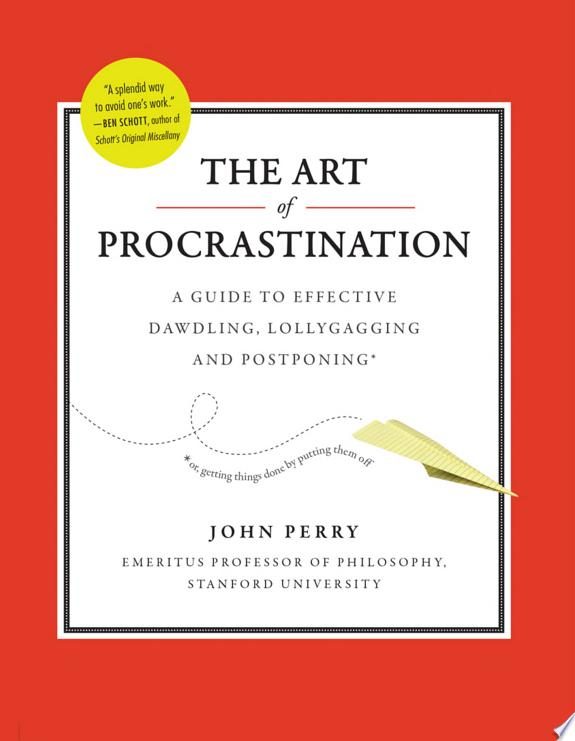Menchaca II: The Jury Verdict & Post Verdict Motions
USAA Texas Lloyds Company v Menchaca, 545 S.W.3d 479 (Tex. 2018)
Quinn’s Part Four
Section III of the Opinion of the Court (Boyd’s Plurality Opinion) entitled “Menchaca’s Claim Against USAA” grows out of the questions that the jury was asked to answer, the wording of the questions, and the lower court’s realization that something went wrong with the questions sent to the jury, plus the refusal of the parties to think about what was going on.
The whole thing was a mess. The instructions were inadequate; the questions were badly formulated, and the questions invited and permitted conflicting answers. In fact, before getting to the really procedural parts of the opinion, the parties asked the court for guidance as to how to formulate questions is a good day. The court refers to the parties to existing sources for guidance. (In other words, the Court very gently admonishes the litigants to read the rules and the exemplars to be found in the Pattern Jury Charges, keeping in mind that cases are unique and that conflicts are to be avoided.
Although there was unanimity on the Court as to the Five Rules (R1-R-5), unanimity ended there. Consequently, there are three separate opinions as to what are principally matters of trial procedure, for at least some insurance bad faith cases.
Before turning to these opinions, however, it might be a good idea to take a look at, roughly speaking, what the jury did. It is only necessary to take a look at three of the jury’s answers to the relevant questions put to it since from that the questions it was given are easily inferred.
The following is something like a summary of the questions and answers put to the jury:
Answer to Q1(more or less):
Ans#1: No: USAA did not fail to comply with the terms of the insurance policy with respect to the claim for damages filed by Gail Menchaca.
Q#1: Did USAA Texas Lloyds Company (“USAA”) fail to comply with the terms of the insurance policy with respect to the claim for damages filed by Gail Menchaca.
[Quinn’s Comment. Yellow added to draw focus. Might the use of the word “term” when characterizing a contract be a source of difficulty?]
Answer to Q2 (more or less)
A#2: Yes. USAA engaged in an unfair or deceptive act or practiced that caused damages to Gail Menchaca, namely, it refused to pay a claim without conducting a reasonable investigation with respect to the claim at issue.
Q#2: Did USAA engage in any unfair or deceptive act or practice that caused damages to Gail Menchaca?
[Quinn Comment. Q#2 asked about several types of ways an insurer could violate the statute. The jury answered only one of the alternatives in the affirmative, so that is the only one set forth and discussed here.]
Answer to Q3 (more or less)
A#3: Yes: USAA’s statutory violation resulted in Menchaca failing to receive $X, the amount she should have been paid.
Q#3: What sum of money. . . would fairly and reasonably compensate Menchaca for her damages, if any, that resulted from the failure to comply you found in response to Question number 1 and/or that were caused by an unfair or deceptive act you found in response to Question number 2. [Quinn Comment: “and/or” is yellowed, since it plays an important role in the decision, although one would never know that from a superficial reading.]
After the jury returned this verdict, the trial judge said he thought there might be a conflict and asked if anyone wanted the matter returned to the jury for further thought and verdict. Both parties said that they saw no conflict and hence no reason to return the verdict to the jury. The parties strummed the same tune in the court of appeals and sang it in the Supreme Court.
Quinn Comment. This paradoxical response to a reasonable, judge-asked question is not a great tribute to lawyer epistemology. In fact, one might think there was lawyer jockeying going on here and not the pursuit of coherence, truth, and justice. (Whoever thought that zealous adversity on the legal battlefield is conceptually or empirically linked to epistemological soundness or devotion to any love of logical validity?
Other Quinn Comments. (1) One of the things this case turned on was the use of the “and/or” phraseology. That is almost always a bad idea. (2) Notice the word “damage” is used in two different ways in the questions. I wonder if that equivocation played any role in the jury discussions and decision. (3) Think about the word “term” that occurs in Q-1. Maybe this is just scholastic rumination, but I wonder if the term “term” and its various meanings–“actual term,” “explicit term,” “implied term,” and so forth, played a negative rule in the Q-1 and therefore in the whole case. See Quinn Part Eight.
A Last Quinn Comment: In reading, reviewing and studying these opinions, one must keep in mind that there are two different numbering systems, one system for the jury questions and answers, and another system for the Five Rules.
Michael Sean Quinn, Ph.D., J.D., C.P.C.U., Etc
2112 Hartford Rd.
Austin, Texas 78703
(512) 656-0503




Recent Comments